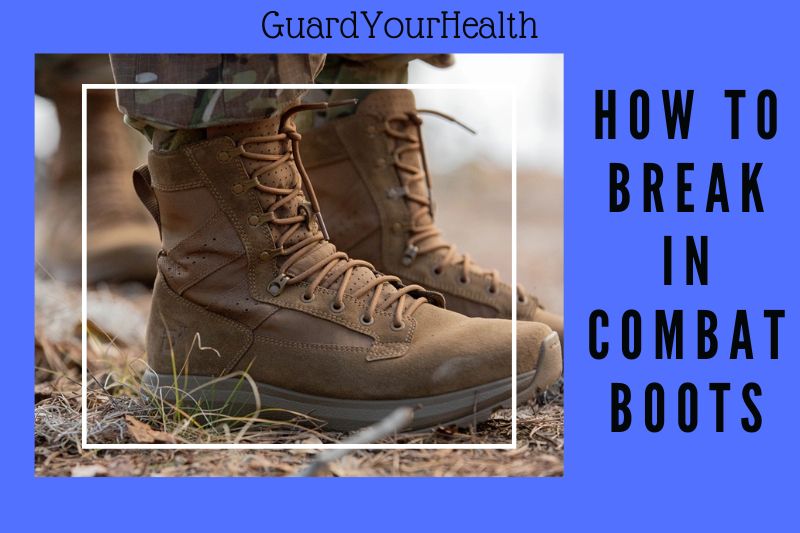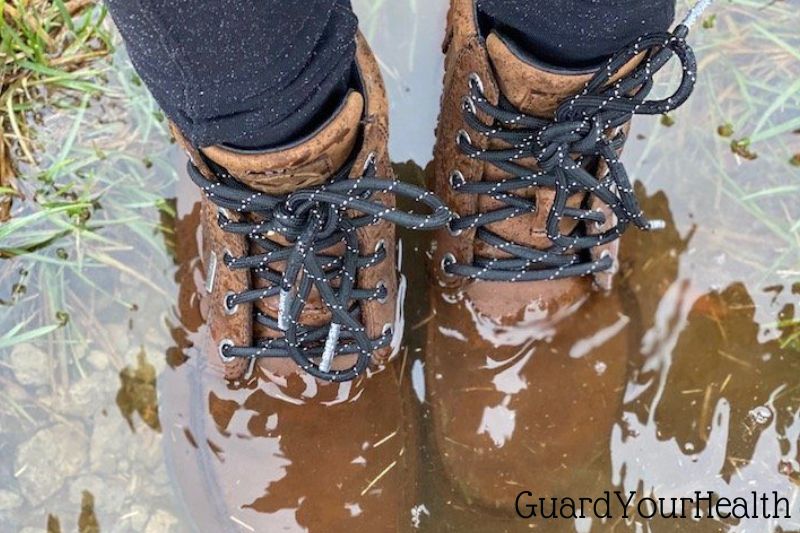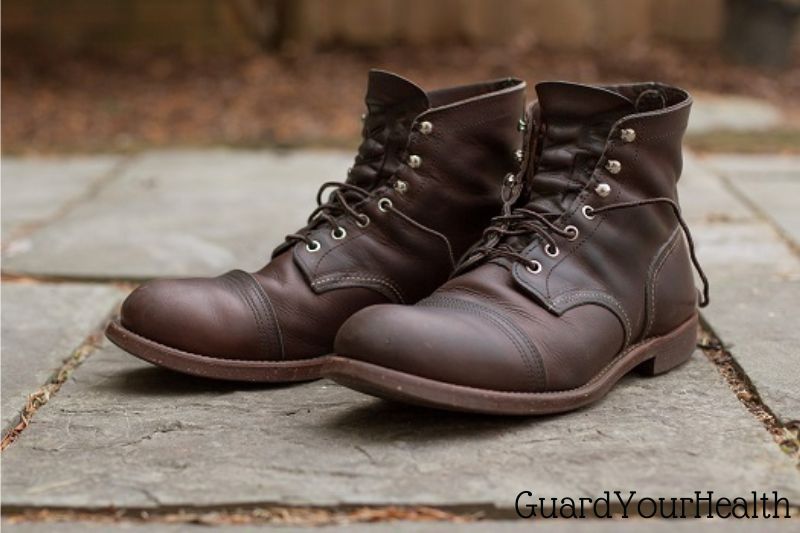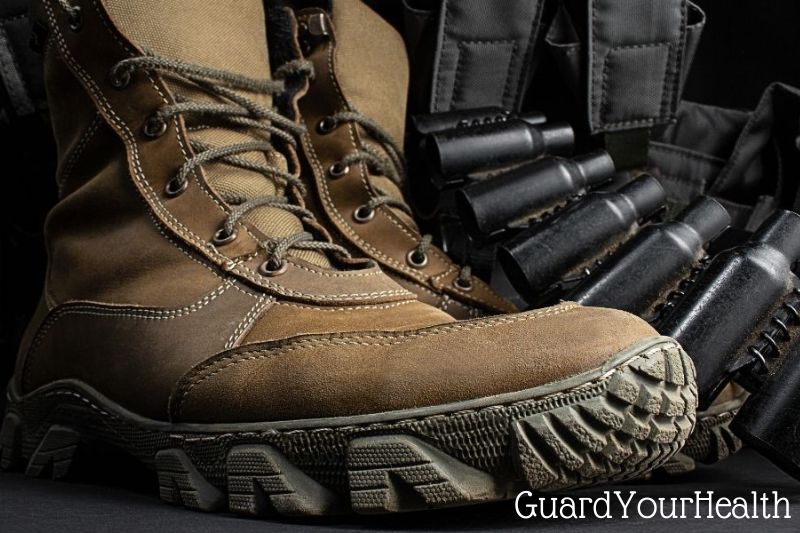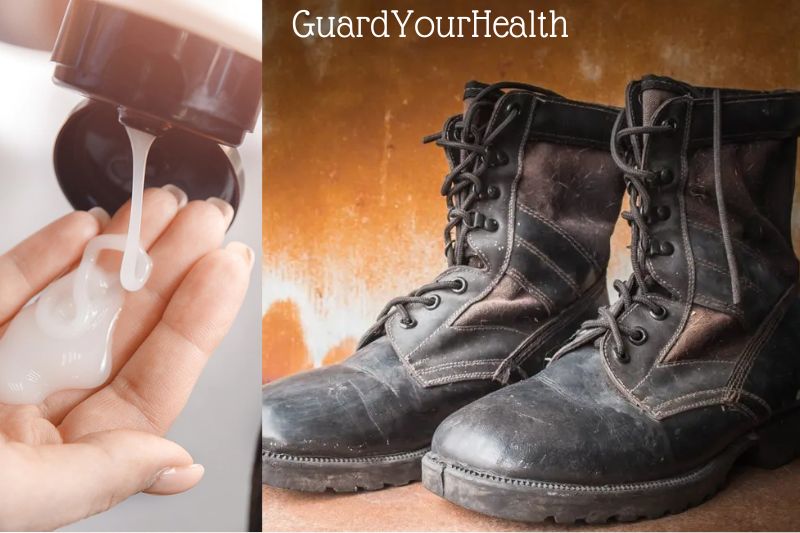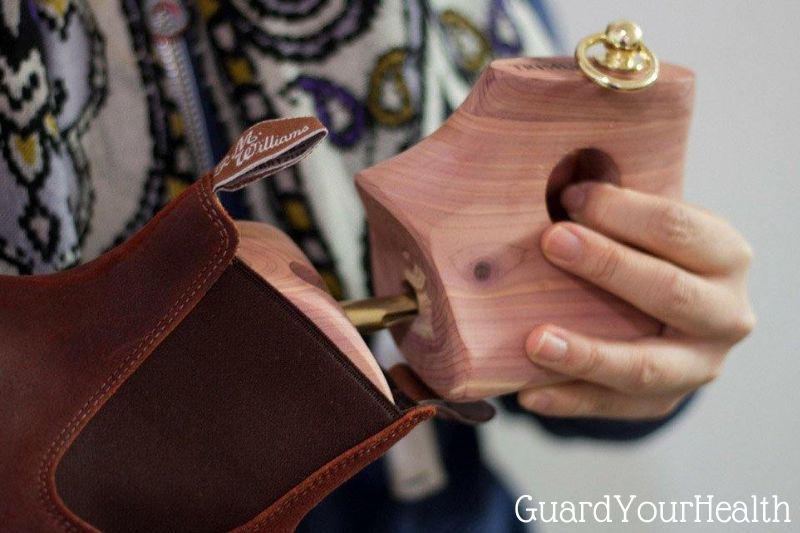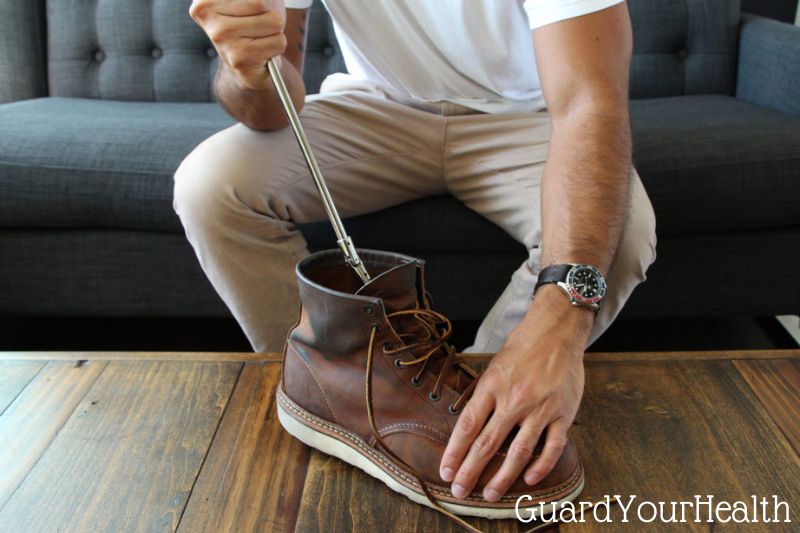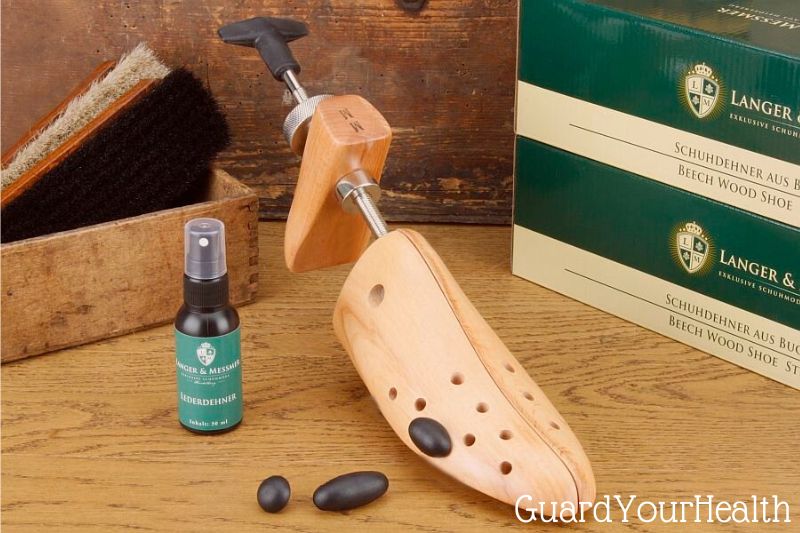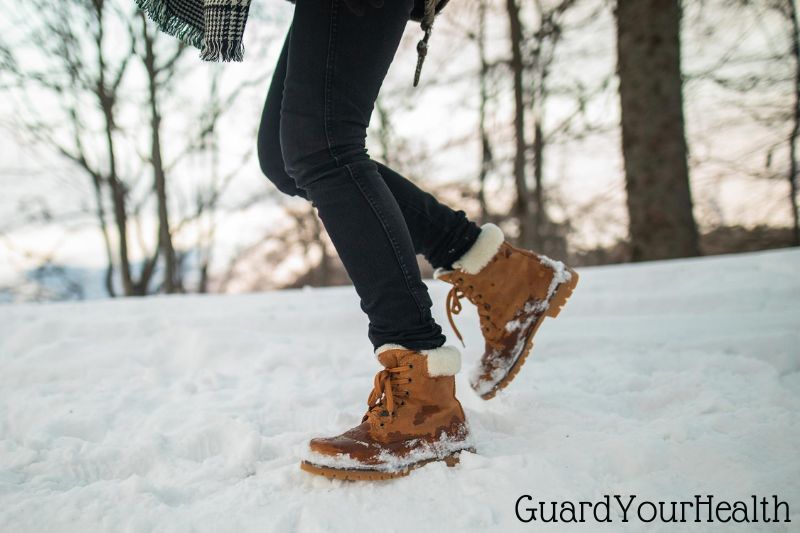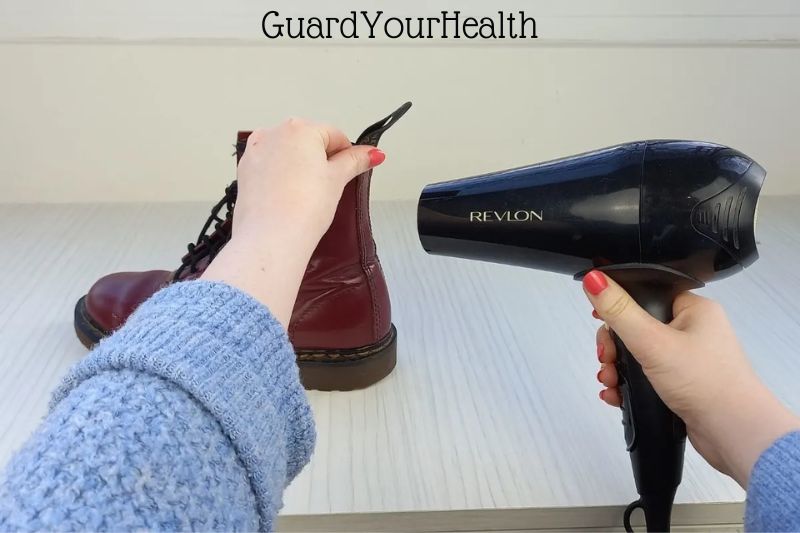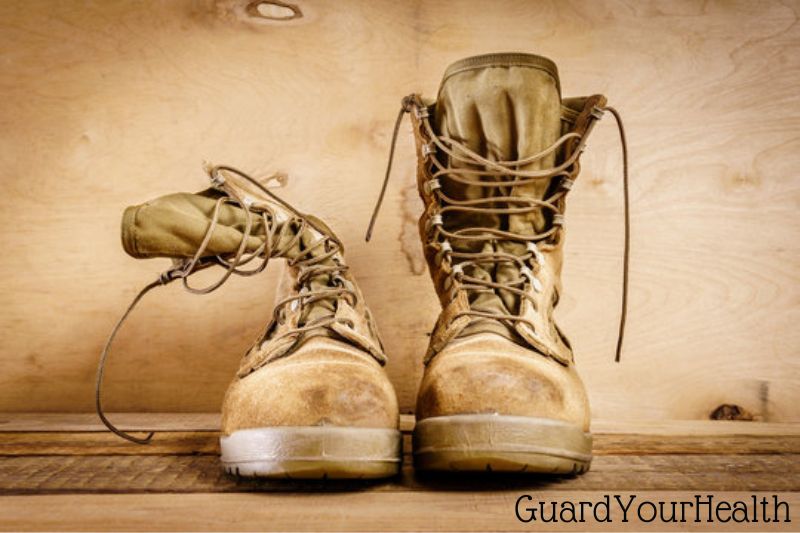Boots are a need for all soldiers engaged in warfare. These boots, however, can be exceedingly uncomfortable when they are brand-new, which makes it difficult to perform well in them.
Combat boots can be made more comfortable than you might imagine. All you have to do is figure out how to break in combat boots. Continue reading to learn how to break in military boots as well as a few additional valuable advice from seasoned experts!
How To Break In Combat Boots
Method 1: Makes The Combat Boots Wet
This strategy is the fastest way to break in boots. You don’t need any more supplies besides your boots and some water. To break in your boots, you will essentially soak them.
Step 1: Add Lukewarm Water To Your Bathtub.
You can also get water ready in a bucket if you don’t have access to a bathtub.
Step 2: Soak up Your Boots
Your boots should be submerged in the previously prepared water. Take your time and ensure no dry areas are left before completing this procedure. Your boots’ material will be saturated as a result, giving them a better fit. Veterans with expertise claim that leather boots are the greatest candidates for this water-based breaking-in process.
Step 3: Drain The Water Out Of Your Boots.
Drain the water from your boots after letting them soak for 4-5 minutes.
Step 4: Put On Two Pairs of Socks In Addition To The Boots.
Put on your boots, grab two pairs of socks, and go for a stroll. It’s crucial that you remember to wear just one pair of socks. Your boots will shrink once they have dried. So, wearing multiple pairs of socks will provide you with more room to move around comfortably.
Try to spend the entire day in your boots. Do not hesitate to dry your feet and change into new socks if you anticipate any short-term unpleasant symptoms.
Tip: Gradually lengthen your strides. Trying to break in your boots too quickly can result in painful calluses and blisters.
Step 5: Remove Them to Air-dry.
Take off your boots and insoles after your stroll. They should be spread out indoors to air dry. Rather than using a cloth or towel, allow it to dry naturally.
Step 6: Final Examination With A Fan
This step is not required. But it’s better to be safe than sorry in every situation. To ensure that your boots are completely dry and ready for use, place your boots and their insoles in front of the fan.
You might also take into account the traditional cowboy strategy known as “walking ’em dry”. In essence, you will walk till your boots are dry after dipping them in a little river to soak them. However, we do not advise using this method because you never know what is in that kind of water. Water bugs and other creatures might one day make your boots their home!
Another choice is to take a shower with your boots on and wear them for the remainder of the day. Most troops choose this strategy when it comes to breaking in their boots while on duty. The boots will accommodate your feet’ shape, making them gradually more comfortable.
Army boots can be broken in with water, a tried-and-true technique. They are ineffective for boots with a high-gloss finish, though.
Method 2: Wear Them Frequently
The most popular and efficient method for breaking in combat boots is as described above. No matter what material the tactical boots are constructed of, this technique works with them.
Use your tactical boots constantly once you have them. Wear these when hiking, running, or walking. Wear them till you feel comfortable and at ease in them (no heel slippage remains).
The minimal amount of time to return tactical boots to the manufacturer is often 30 days. You can wear them frequently to break them in at that period.
After that, if the tactical boot still doesn’t fit your feet well and hasn’t improved. Then you can give them back.
Before they break in, you could be concerned that the tactical boots would damage your feet. Obviously, they do. Therefore, I advise utilizing thick socks with this technique.
When you use your tactical boots frequently to break them in, thick socks will guarantee that your feet are cozy and smooth.
Method 3: Utilize The Conditioner
One of the greatest methods for breaking in leather tactical boots is to use a conditioner.
In order to maintain leather tactical boots, a particular conditioner is typically required; this is not the case with nylon or suede tactical boots (or very little).
The break-in period of tactical boots can be sped up by using conditioner to make the leather softer and smoother.
Simply use the horsehair brush and leather cleaner to thoroughly clean the boots, then condition the leather and use as usual. All done!
In truth, whether you want to break in tactical boots quickly or not, a conditioner should be a staple in your home because it is necessary for caring for leather boots.
Your leather boots will endure longer, keep their color for a long time, and…
Method 4: Utilize Boot Trees
Utilizing boot trees is one of the additional successful strategies. No matter the material, boot trees can be used for all varieties of tactical boots.
Use boot trees if you can’t wear your boots consistently to break them in. When you can’t wear your combat boots, insert boot trees.
Boot trees are made to take the place of your feet and reduce the amount of time tactical boots need to break in. With this technique, tactical boots’ toe box and heel can be broken in quite well.
Boot trees also have the benefit of maintaining the shape of the boots in addition to their influence on breaking tactical footwear.
Long-term use of tactical boots can cause them to contract or lose their shape after being exposed to snow or rain. This issue can be solved by boot trees, which aid in maintaining the shape of your tactical boots.
Additionally, the tactical boots are kept dry by the boot trees’ excellent moisture absorption. They can increase the lifespan of tactical boots in this way.
Method 5: Utilize The Boot Stretcher
Using the boot stretcher to break in tactical boots is another efficient method. You may apply this technique to any type of tactical boot, whether it is made of leather, nylon, or suede.
It may take a while for your tactical boots to break in if they are initially tight. The boot stretcher should come to mind at that point.
Your tactical boots will swiftly stretch with the aid of the boot stretcher, improving their fit on your feet. Shortening the period for breaking in tactical footwear is possible from there.
Adjust the stretch by inserting the boot stretchers into the tactical boots. I’m done now!
Method 6: Apply Boot Stretch Spray
You should consider utilizing the boot stretch spray in addition to the boot stretcher when breaking in your tactical boots.
After a few applications, this kind of substance can cause leather (and suede) to stretch out more quickly.
Simply spray it where you want the tactical boots to stretch right onto them. Then continue to use as normal (or you can combine it with boot trees or boot stretchers).
This strategy does have the drawback of some boot stretch sprays darkening your tactical boots. Therefore, exercise caution; it will be beneficial for you to check user evaluations (but I’m sure you already do that).
Most likely, leather is the only material this procedure works on.
Method 7: Steam-filled Combat Boots
Steaming the interior of boots to make them softer and more resilient is one of the traditional techniques for breaking in boots, including tactical boots.
This technique works for leather, suede, or nylon-covered tactical boots. According to our expertise, applying leather or suede boots will have a greater impact.
You can use the steam from your home kettle for this procedure. Catch the steam rising from the kettle by flipping the tactical boots over.
Some cobblers like to steam the boots first, then apply leather stretch spray and stretch the boots with a boot stretcher. In this method, the process break can be drastically cut short.
If you don’t have enough “tools” to be a cobbler, you can steam your tactical boots, wait for them to cool, put on some thick socks, put them on, and go for a few laps around the house.
Method 8: Utilize Lotion or Alcohol
Why use such an odd approach? Because leather or suede can be softened by alcohol or creams.
You can steal some of your wife’s lotion, but she probably won’t appreciate it (or go buy some wine). Next, clean any irritating spots within the tactical boot.
The tactical boot’s interior will become softer when lotion or alcohol is applied, making the break-in process quicker and easier.
Method 9: Use Ice
The toe box of your tactical boot hasn’t broken in, which is the most annoying aspect of wearing them. Your toes and footballs may get damaged as a result.
Insert a water bag (you can use a zip bag) inside the tactical boot’s toe box, making sure it is slightly snug. This will help the toe box break in.
Then, place all of your boots in the refrigerator’s freezer section, and go out for the evening. You’ll be shocked the following morning!
For leather tactical boots, this break-in procedure works well.
Method 10: Using A Hair Dryer
This technique should be applied to leather combat boots. To stretch the leather, apply heat from a hair dryer.
Applying this technique to nylon or suede-covered tactical boots can damage them, so avoid doing so.
Use a hairdryer, adjust the setting, and dry the area where the harsh leather tactical boots are still wounding your feet.
Method 11: Allow The Combat Boots To Rest.
Yes, you should avoid rushing the tactical boot’s break-in process because this can backfire.
Above all, you should rest the tactical boots when using any of the aforementioned strategies.
The tactical boots can relax and gradually mold to your feet throughout that time of relaxation.
Don’t speed the breaking-in process to avoid making your tactical boots overstretch and become unexpectedly loose.
FAQs
Are Military Boots Comfortable?
Even when worn for extended periods of time, the boots remain lightweight and cozy. When exposed to damp surroundings, they quickly dry since they are breathable. After only a brief amount of use, the sole could split. Some consumers may find the tongue of the boot unpleasant.
How To Break In Leather Boots?
Apply leather conditioner (I like Chamberlain’s Leather Milk) or mink oil as soon as you receive your boots. These won’t harm the leather the way heat or water will, but they will aid in softening it. Apply as part of your leather maintenance regimen once a week until the shoes are broken in, then once a month or so after that.
Watch this video to get to know about breaking in boots:
Conclusion
Making sure you are as comfortable as possible when working, practicing on the range, or doing physical training requires breaking in army boots. Hopefully, this article can bring the necessary information for you. Thank you for reading!
.

